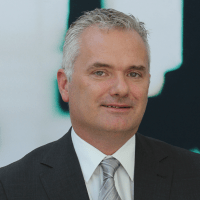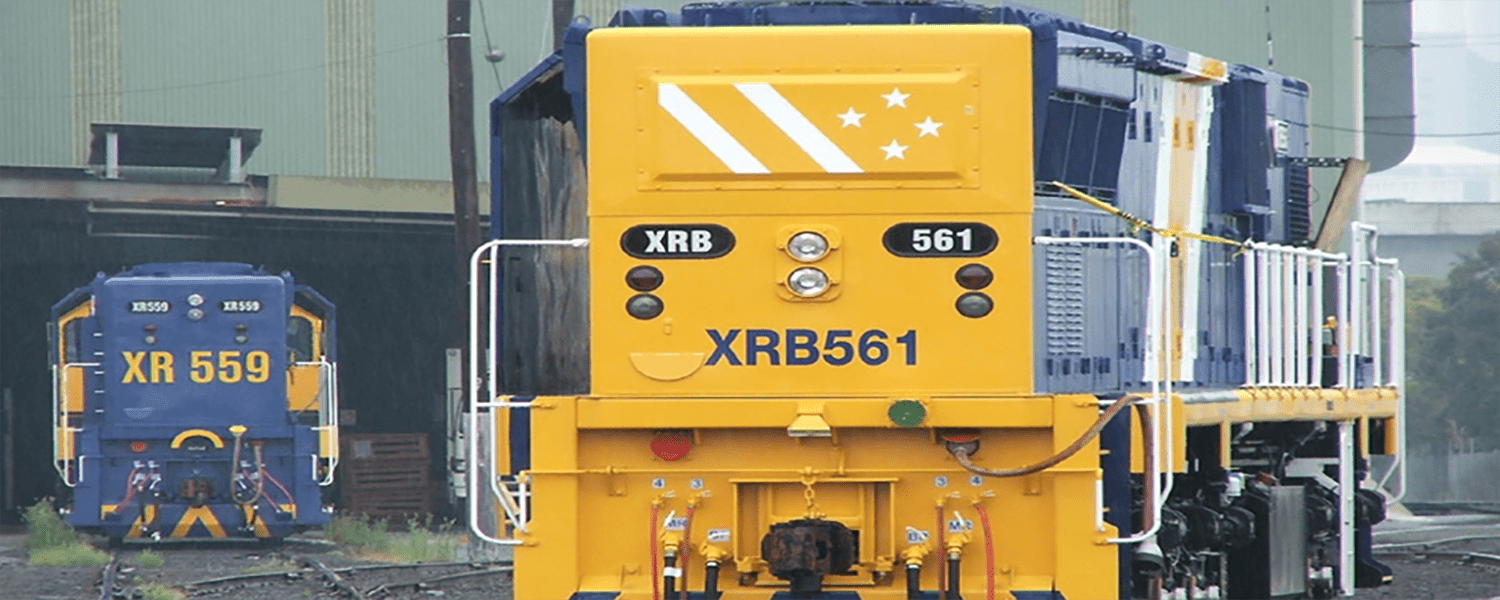Welcome to the Creating the Optimal Asset Series
In this six-part series, I will identify and explore six Golden Rules that, if incorporated in the very early stages of the project’s foundation, and actively engaged throughout project execution, can result in optimal project potential and outcomes. I haven't introduced a new way of working that will revolutionize industry or be a key part of the 4th Industrial Revolution. But, if we assess our current projects through the lens of these Golden Rules, we should reflect and consider – are we properly taking them into consideration? Are we really optimizing the asset from the start? Can we do better? Can we consider these rules and maybe, just maybe, provide a greater outcome for our client, for the asset owner, and for the operator who needs to deal with our design and construction consequences for 20+ years?
I will briefly touch on many elements throughout this series. For the invested reader who wants to further reflect on the implications of these rules, vast amounts of literature can be found on the internet. However, I want to caution that success is not dependent upon any single one of these rules- it is vital that all are. It is this point that I want to stress: the combination and inclusion of all the Golden Rules can provide significant improvements to project outcomes. My hope is that a with this understanding, these rules will serve as the foundation for creating the optimal asset.
Adam Boughton, Regional Director – EMEA sectors








